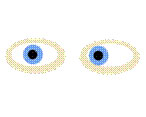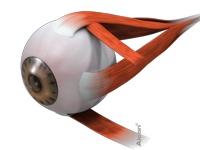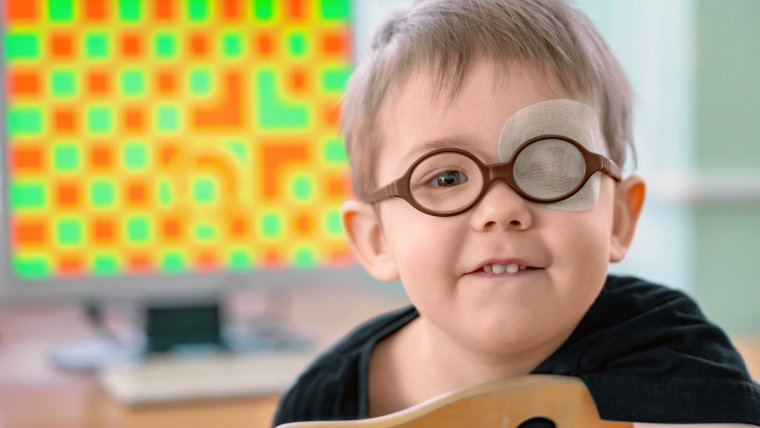Pediatric Ophthalmology - Children's vision screening

Children`s eye examination
The first years of a child's life are crucial for the development of vision. Various causes can lead to amblyopia, or better known as 'lazy eye'. High myopia (short-sightedness), hyperopia (being longsighted) or astigmatism are refractive errors that may hinder the development of vision if not detected early. Strabismus is also a common cause of vision impairment in children.
Parents should be aware of the fact that we can deal with vision development problems up to a certain age. Preventive vision screening of children is therefore very important in order to exclude any vision impairment or treat it as soon as possible when necessary.
Amblyopia - Strabismus
 |
|
What does it mean - What are their different types?
Strabismus or else the "crossed-eye" means an eye that does not properly align with the fellow eye.
• inward
• outward
• upward or
• downward. It may also be
• intermittent or
• constant.
It occurs both in children and in older people and quite often the problem is not just aesthetic. At older ages, strabismus that appears suddenly causes double vision (Diplopia) and requires urgent assessment since it could rarely conceal a life-threatening disease.
Pseudostrabismus is common in infants. The wide bridge of the child's nose gives the impression that one eye "turns" inward. There are various causes of pseudostrabismus related to face or eye anatomy features (figure 1). Pseudostrabismus does not require any treatment and a simple examination by an Ophthalmologist shall clarify the situation and clear any doubts.
Amblyopia means vision impairment without apparent organic damage in the eye and is also known as "lazy eye". Amblyopia has various causes, however high refractive errors and strabismus are the most frequent ones.
What should parents be aware of - Prevention
At the age of 2 parents should take their child to a pediatric ophthalmologist for a routine screening. In case of detection of any high refractive error (myopia, hyperopia or astigmatism) or other pathology, the eye doctor has the chance to deal with it in time. The diagnosis of a high refractive error implies the use of retinoscopy, which is the only objective way of examination, especially in young children who cannot cooperate properly within the examination room.
Strabismus has various forms, some of which are mild and easily treatable, while some others more complex. If parents notice that their child's eye "squints", they should immediately consult a pediatric ophthalmologist. Safe assessment and evaluation of the cause of strabismus in children can be done even from the age of 6 months.
The first years of a child's life are especially critical for developing healthy eyes. Strabismus is not the only cause of reduced vision. High myopia, hyperopia or astigmatism may lead to "lazy eye", if not detected early. Therefore, early vision evaluation by the ophthalmologist is highly important in order to exclude any vision impairment or treat it as soon as possible when necessary. In any case, parents should consult a specialist as a preventive measure or immediately if they notice something abnormal.
 Strabismus Surgery
Strabismus Surgery
If necessary, a surgery is performed at any age, even from 6 months old, with general anesthesia, most of the times. The surgery is performed on the outer part of the eyeball, on the eye muscles, the "threads" responsible for the eye movements. We proceed either by "loosening" or "tightening" the non-properly functioning muscles.
Digital content is courtesy of Alcon Iberia.





